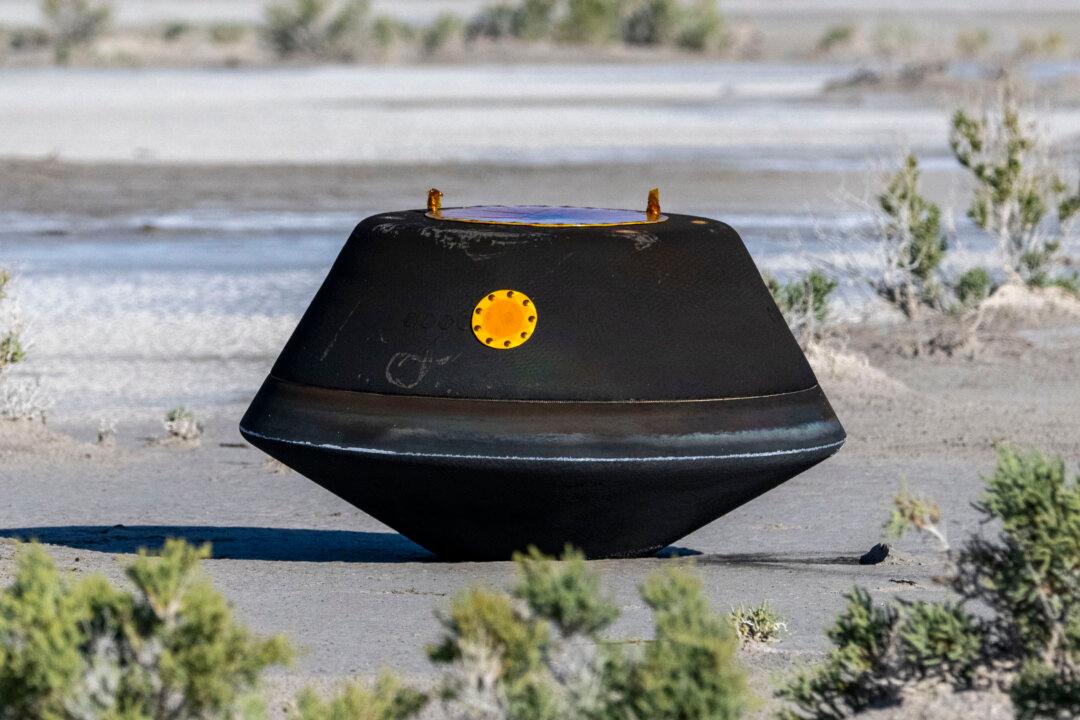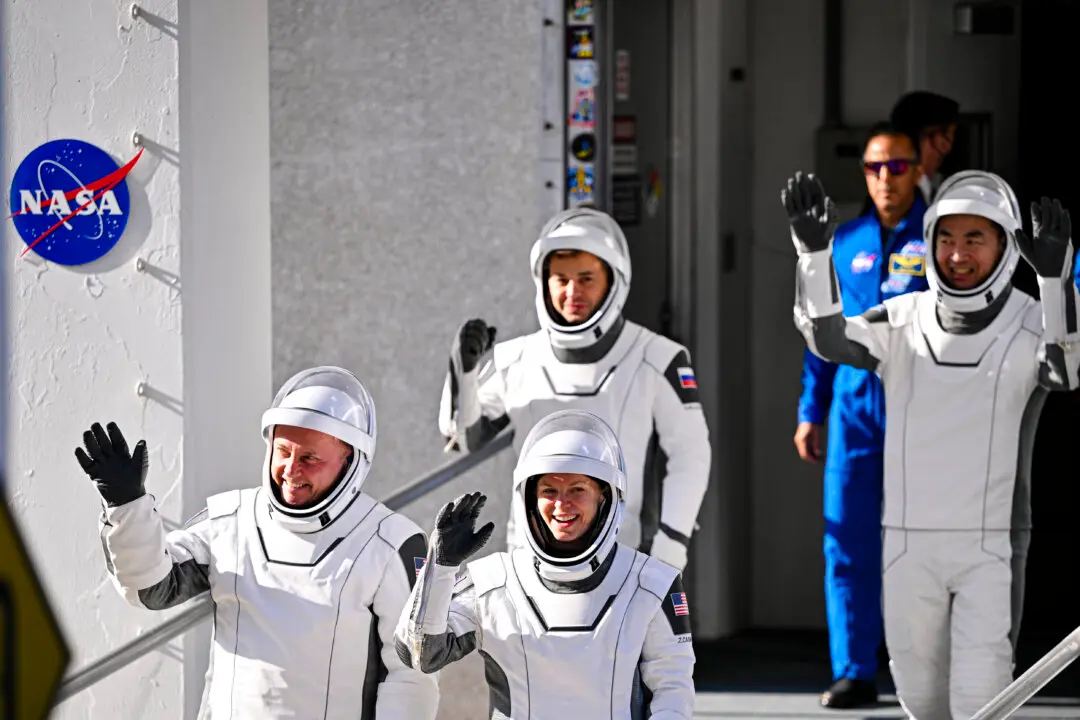Once again, Earth experienced asteroid fragments speeding through its atmosphere to an empty patch of North American desert. But instead of crashing in a destructive fireball, these bits of space rock rode a controlled descent safe inside a man-made capsule.
NASA welcomed its first asteroid sample delivery on Sept. 24 with the return of its OSIRIS-REx—the Origins, Spectral Interpretation, Resource Identification, and Security-Regolith Explorer.





